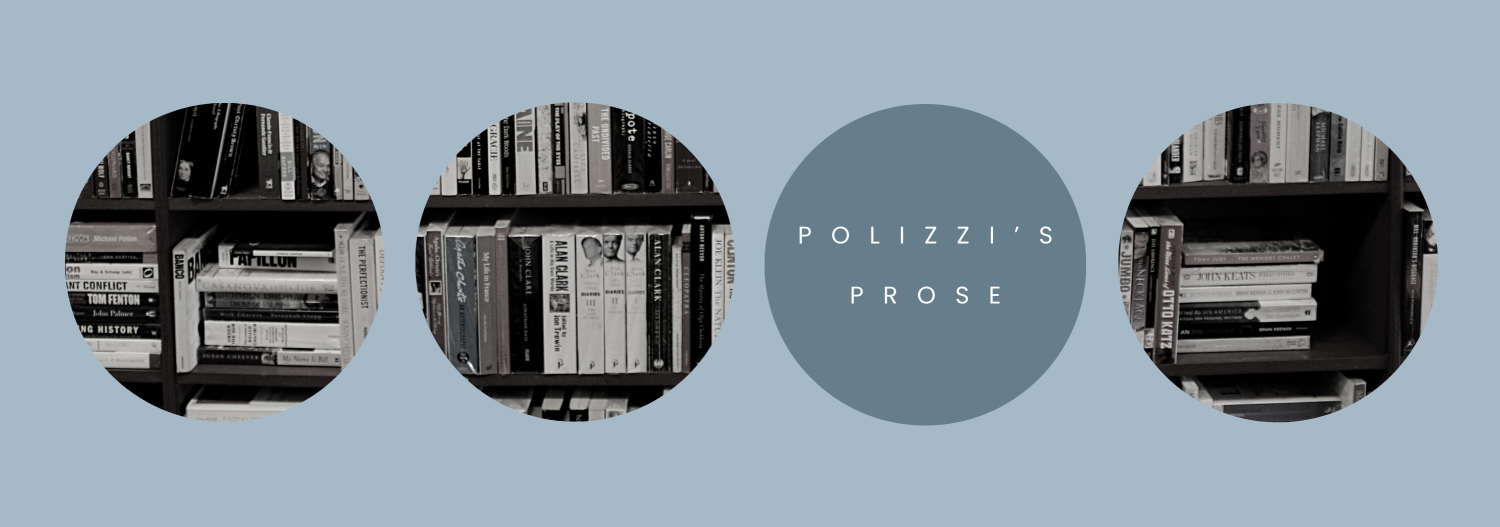The Good, the Bad, and the Snuggly
New Models and New Horizons – Reflection
Modules 8 & 9
Libraries of the Future: The Good, the Bad, and the Snuggly
After examining both the “New Models” and “New Horizons” resources in the Hyperlinked Library realm, it is clear that two distinguished trains of thought are emerging on libraries in recent years: an optimistic, innovative point of view and a pessimistic, doomsday point of view. However, the reality is that we currently exist somewhere in the middle. Thus, I introduce to you: the good, the bad, and the snuggly.
The Good:
As libraries assume the responsibility of social infrastructure, institutions such as Anythink Libraries are going above and beyond to provide innovative services to their patrons and the surrounding community. Anythink has revisioned what a library can be through creativity and innovation, and they prioritize happiness, collaboration, and creativity above all else (Sandlian Smith, 2013). Anythink has implemented programs that aren’t often “traditional” at libraries: a Nature Library (Anythink Libraries, n.d.), community and urban gardens, goats! (for lawn maintenance and for petting) (Sandlian Smith, 2013), getting to know your neighbor (Anythink Libraries, 2016) , and even going door to door to promote the library (Denver7, 2019).
Beyond Anythink, sociologists and researchers have repeatedly identified libraries as positive for their patrons and the community at large. As Peet (2018) explored in an interview with sociologist Eric Klinenberg, libraries exist as part of a larger social infrastructure, and libraries are already doing the work of “resilience centers.” Libraries offer a space for community and collaboration – and when we collaborate we get to experience “collective effervescence” – which is that “spirited joy that you find when a group comes together and does something special” (Peet, 2018). I think that collective effervescence is the magic that keeps us going to spaces like the library – no matter what the library provides to us (books, technology, gardening, petting goats…whatever it may be!). Libraries are also providing increasingly equitable opportunities for the community, even in an age where there are widening social, political, economic, and technological divides.
The Bad:
Those divides are the issues that libraries and their patrons face daily. While libraries may help close the gap for certain aspects of life (i.e. access to technology, Internet, collaboration, and more), we can’t seem to keep up with the increasing disparities that are a result of the landscape around us. Pew Researchers (Anderson, Rainie, & Vogels, 2021) found that an increasingly tech-driven society is not necessarily a good one. Though technology could help us with societal reform, improve the quality of life, and produce technology “enhancements” (i.e. in the medical world), 47% of those surveyed argued that life would be “mostly worse” as a result of technology by 2025! Those 47% argue that reliance on technology and/or growth in technology would: “worsen economic inequality,” “enhance the power of big technology firms,” and “multiply the spread of misinformation” (Anderson, Rainie, & Vogels, 2021). One important consideration for this study, however, is that the data was gathered during 2020 prior to the election outcomes and prior to the availability of the COVID-19 vaccine (Anderson, Rainie, & Vogels, 2021). Thus, the data is understandably pessimistic!
That said, the 2023 International Federation of Library Associations (IFLA) Trend Report also identified many negative trends for libraries, including an overall negative outlook on “community-driven infrastructures.” Though our tech-based connectivity is improving, the digital divide is widening – indicating an increase in inequities (IFLA, 2023). The IFLA confirms the data presented by Pew, unfortunately. This means that libraries will face many hurdles in the years to come…so, we must look to innovators like Anythink to make our institutions indispensable and radical.
The Snuggly:
Though it is not really mentioned in the readings for “New Models” or “New Horizons,” I’ve been contemplating the “hygge” trends mentioned by Prof. Stephens in his Module 8 lecture on “New Models.” Hygge is a Danish word that literally translates to “fun” – but means cozy, contented, and happy. Libraries in Denmark have sought to encompass hygge in their library design, and others are following suit. I think that embracing hygge is a great way for libraries to prove themselves as integral to their patrons and to society at large. Libraries should no longer be sterile and purely for educational purposes; libraries should be warm, fun, and welcoming places for all people. Programming should consider what might bring the community together for warmth, contentment, and the aforementioned “collective effervescence.” Things as simple as puzzles and hot cocoa fit the bill – and that could be thrown together at a very low cost (if not free!), but with a very big impact.
While technology is ever-evolving and it often feels like we’re treading water, maybe it’s time for us to slow down and do as the Danes do. It’s time for hygge.
Resources & Inspiration:
Module 8 – New Models
- Peet, L. (2018). Libraries and Social Infrastructure. ✔
- Anythink announces Nature Library in partnership with City of Thornton. (n.d.) ✔
- Anythink Tank (Clearinghouse of Internal Documents)
- Anythink Strategic Plan
- Anythink’s Strategic Plan (through 2015)
- Anythink Staff Manifesto
- Anythink Staff Competencies
- A Day in the Life of an Anythink Library
- What to expect from libraries in the 21st century: Pam Sandlian Smith at TEDxMileHigh (2013) ✔
- Get To Know Your Neighbor – Anythink Library (2016) ✔
- Anythink library workers visiting residents (2019) ✔
Module 9 – New Horizons
- Anderson, J., Rainie, L., & Vogels, E. (2021). Experts Say the “New Normal” in 2025 Will be Far more Tech-Driven, Presenting More Big Challenges. ✔
- International Federation of Library Associations (IFLA) (2023). IFLA Trends Report.✔





@savannahpolizzi I enjoyed reading this post and I think you did a good job of categorizing and unpacking what is happening in libraries. Also, I don’t know if I’ve said this in a previous comment, but I love the little checkmarks you’re putting by the readings that you’ve used. Yay. ✔️📚
@michael Thank you! The check marks help me keep track of what I’ve actually used – but I still wanted to give credit to those resources that provided inspiration. I’m glad you like it!
@savannahpolizzi ✔️😀